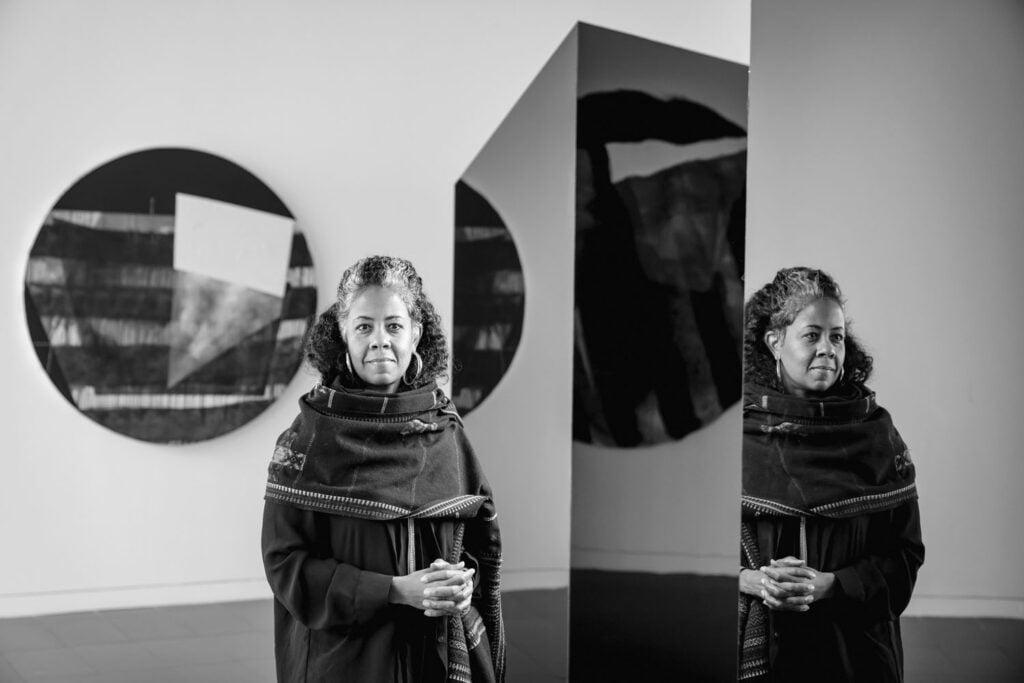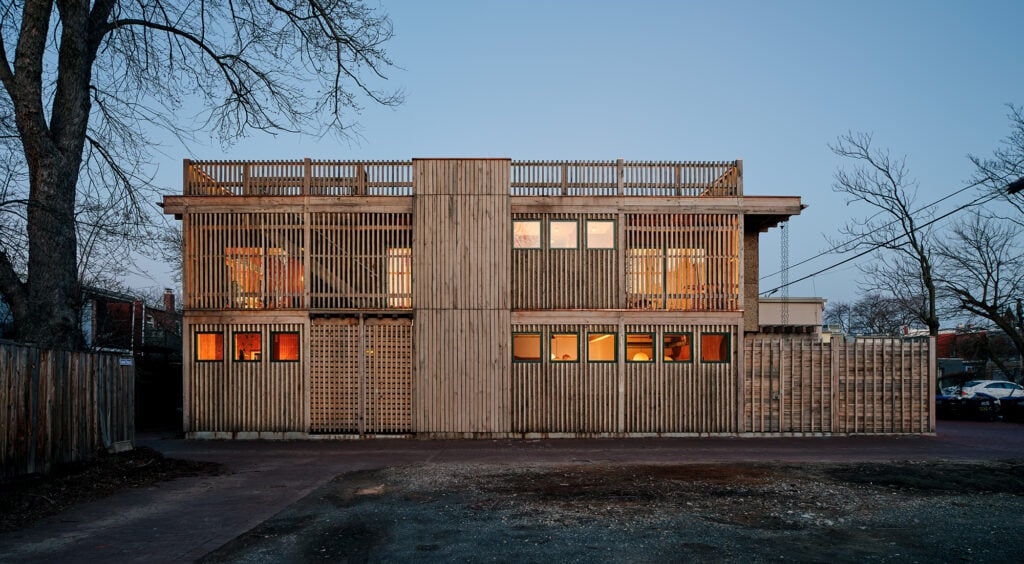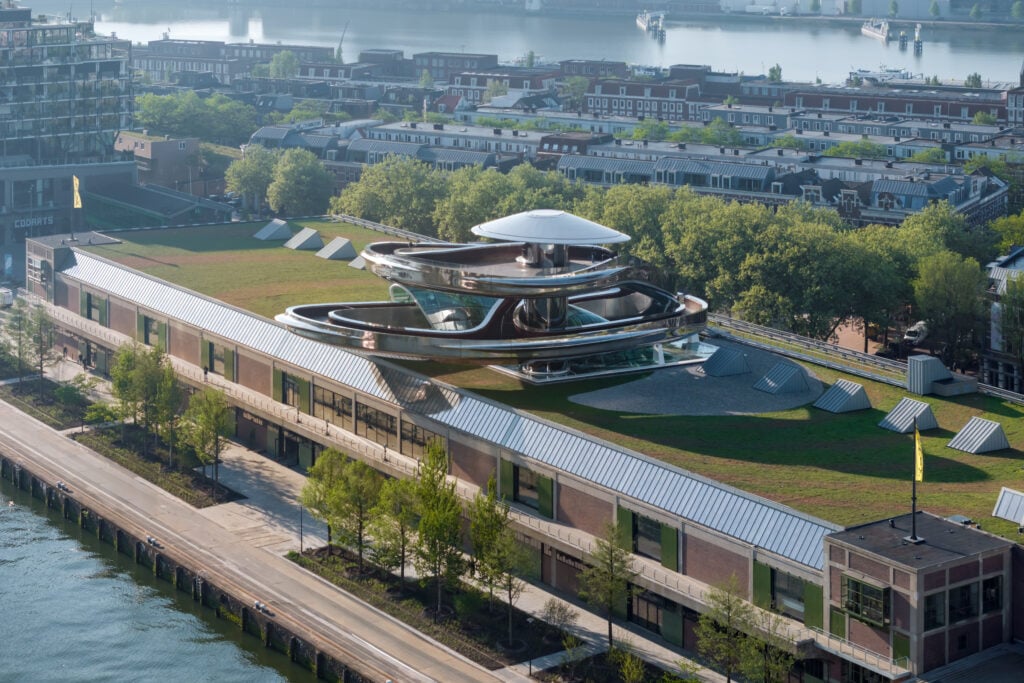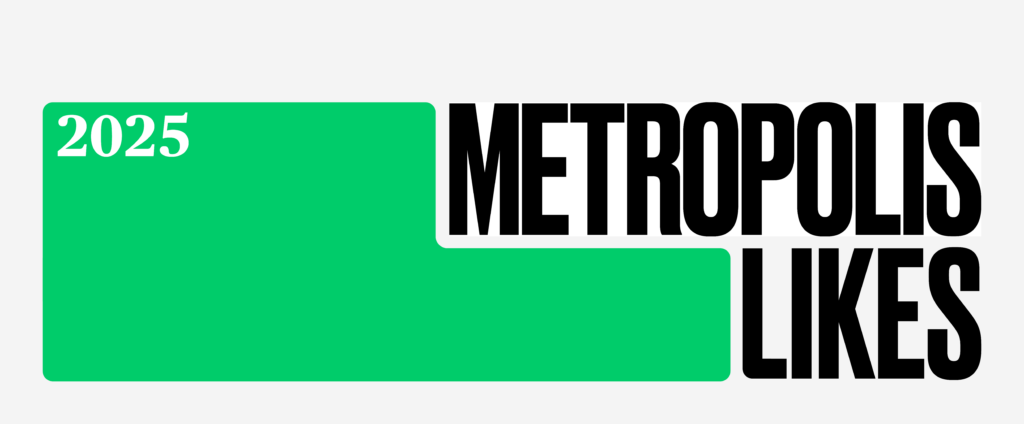
August 26, 2021
Torkwase Dyson Reflects on Hyper Shapes


Torkwase Dyson is a New York–based artist whose work examines the interrelationships between spatial and racial justice. Her installation Liquid a Place: In Two Acts will inaugurate Pace’s London location in October, and next year, her work will be included in A Movement in Every Direction: Legacies of the Great Migration at the Mississippi Museum of Art.
Would you like to comment on this article? Send your thoughts to: [email protected]
Latest
Profiles
BLDUS Brings a ‘Farm-to-Shelter’ Approach to American Design
The Washington D.C.–based firm BLDUS is imagining a new American vernacular through natural materials and thoughtful placemaking.
Projects
MAD Architects’ FENIX is the World’s First Art Museum Dedicated to Migration
Located in Rotterdam, FENIX is also the Beijing-based firm’s first European museum project.
Products
Discover the Winners of the METROPOLISLikes 2025 Awards
This year’s product releases at NeoCon and Design Days signal a transformation in interior design.





